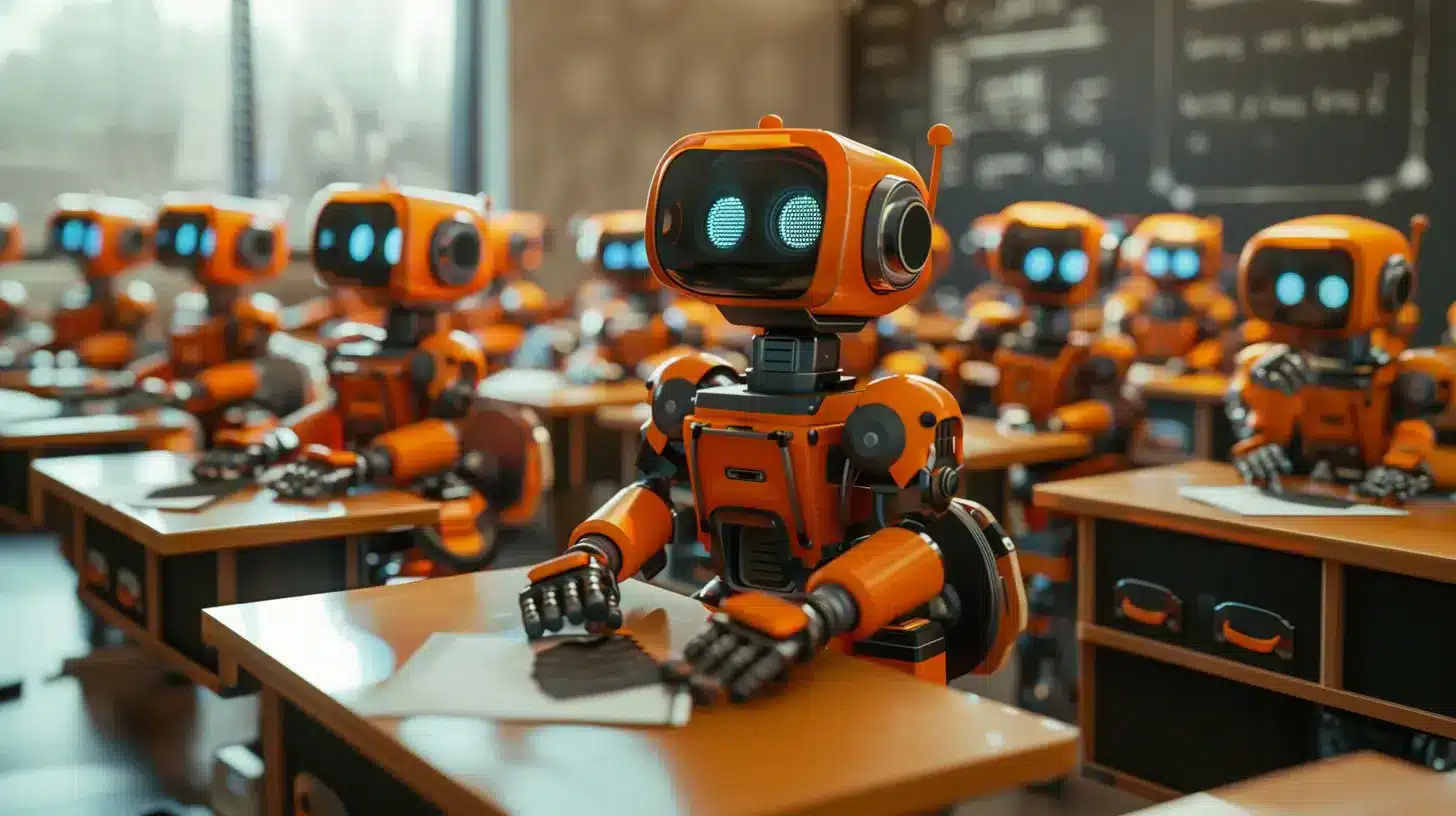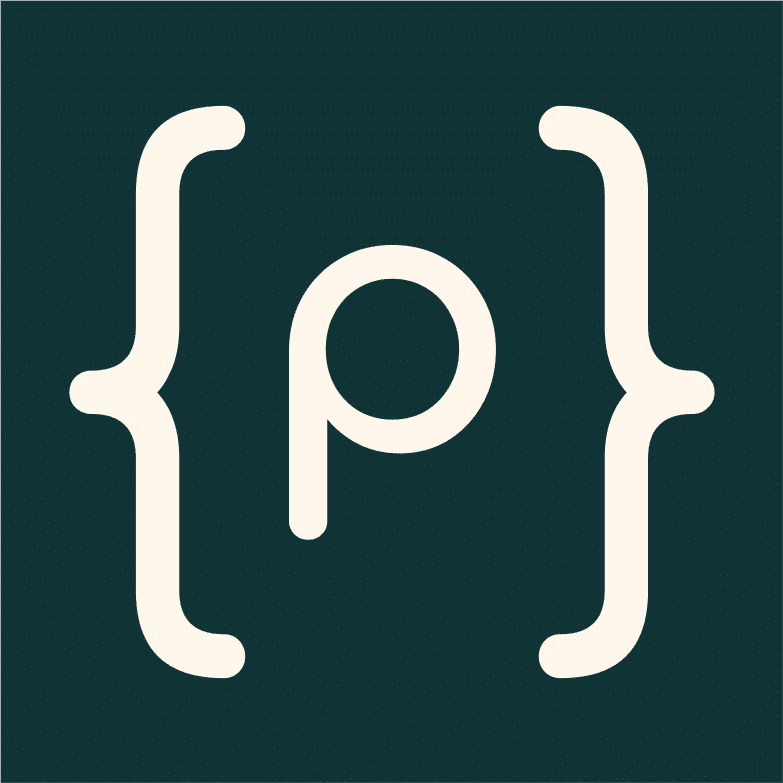Artificial Intelligence (AI) has become one of the most buzzworthy topics of the modern era, capturing the imaginations of technology enthusiasts and sparking debates among experts. One of the prevailing discussions revolves around how AI will revolutionize the job market and its impact on employment dynamics. With the rise of generative artificial intelligence, in particular, the hype surrounding its potential to disrupt traditional industries is palpable.
The prospect of AI-powered machines taking over human tasks and reshaping the workforce has ignited both excitement and apprehension. Advocates argue that AI will usher in an era of unparalleled productivity, freeing humans from mundane tasks and enabling them to focus on higher-order thinking and creative endeavors. On the other hand, skeptics express concerns about job displacement and the potential ramifications for those whose roles can be automated by generative AI. As we venture into this AI-driven future, it is crucial to explore how white-collar professions, which have long been considered immune to automation, might be reshaped by generative AI technologies.
While the potential benefits of generative AI are undeniable, the path to widespread adoption and integration remains uncertain. The impact on white-collar workers providing digital services, such as content creation, design, and customer support, is a focal point of this uncertainty. As the technology matures and AI models like ChatGPT, an assistive chatbot, showcase their productivity-enhancing capabilities, questions arise about when and where this rapid changeover will take place. Professionals in these domains are grappling with the idea of AI becoming an integral part of their workflow and its implications for their roles.
Will AI be a collaborative tool, enhancing their creative abilities and streamlining processes, or will it evolve to the point of replacing significant portions of their work? As the line between human and machine-generated content blurs, businesses and workers alike are navigating uncharted territory, trying to strike a balance between efficiency and human touch. The allure of higher productivity and cost-effectiveness provided by generative AI is juxtaposed with concerns about potential job displacement and the need for upskilling in an AI-driven world. In this blog post, we will delve deeper into the transformative potential of generative AI and its implications for white-collar workers, examining both the opportunities it presents and the challenges that lie ahead.
Artificial Intelligence’s Proficiency in the “Science” of Disciplines Versus Arts and Creativity
Generative artificial intelligence has rapidly evolved to exhibit remarkable proficiency in various scientific disciplines. From predicting complex patterns in climate data to aiding in drug discovery, AI has proven its mettle as a powerful tool for data-driven tasks. However, when it comes to arts and creativity, AI’s capabilities still face limitations. While AI can replicate existing artistic styles and generate impressive artwork based on patterns it has learned, it lacks the essence of true creativity that emanates from human experiences, emotions, and imagination.
The intricacies of artistic expression, the nuances of subjective interpretation, and the depth of emotional connection remain elusive to AI algorithms. Human artists, with their ability to convey unique perspectives and imbue their creations with emotions and stories, continue to hold the upper hand in the realm of arts. Nonetheless, as AI algorithms and models advance, there is growing anticipation that they will inch closer to emulating human-like creativity in the future.
The Changing Hype Cycle of Artificial Intelligence and Its Implications for Arts
The hype surrounding AI has experienced significant shifts just within the span of 2023. With the rapid advancements in AI technologies and the increasing success stories in various domains, including language processing, image generation, and music composition, the excitement around AI’s potential has surged. As AI pioneers make groundbreaking strides in the realm of arts, generating awe-inspiring works of literature, visual art, and music, the notion that AI can eventually excel at artistic endeavors becomes increasingly plausible.
The shift in the hype cycle reflects the transformative journey of generative AI, moving from skepticism to cautious optimism and now to the verge of revolutionizing the world of arts. As AI algorithms continue to improve through continuous learning and feedback loops, they are poised to challenge traditional notions of creativity, inviting a new era of human-AI collaboration in artistic expression.
The Role of Prompters in Harnessing the Potential of Generative Artificial Intelligence
As of now, the true usefulness of generative artificial intelligence heavily relies on the prompters providing inputs to AI models. The quality and relevance of the prompts significantly influence the outcomes generated by AI algorithms. Human operators, equipped with domain knowledge, creativity, and a clear understanding of the intended output, guide AI models toward producing desirable results.
This symbiotic relationship between human prompters and AI algorithms highlights the importance of human judgment and expertise in the creative process. The more effectively prompters articulate their intentions and constraints, the more refined and relevant the AI-generated outputs become. Therefore, while AI demonstrates impressive potential, it remains a complementary tool, dependent on the inputs and guidance provided by human collaborators to unlock its true capabilities.
Preparing for the Mass Adoption of Artificial Intelligence by Embracing Lifelong Learning
As generative AI continues to acquire new skills and expand its repertoire, it becomes increasingly vital for humans to adapt and prepare for the mass adoption of AI across diverse industries. Lifelong learning becomes a cornerstone of professional growth in an AI-powered world. Embracing continuous education and upskilling will empower individuals to complement and collaborate with AI systems rather than being replaced by them.
The evolving job landscape will demand a versatile workforce equipped with the ability to apply creativity, emotional intelligence, critical thinking, and problem-solving skills alongside AI-powered automation. It is imperative for individuals and organizations to invest in reskilling and training programs that foster digital literacy and prepare the workforce for the inevitable integration of AI technologies in their roles.
Embracing the Inevitable Rise of Artificial Intelligence
Amidst the changing landscape, there is no need to panic, but rather an opportunity to embrace the inevitable rise of AI. The coexistence of human intelligence and generative AI offers the potential for unprecedented advancements in various fields. AI can serve as an ally, augmenting human capabilities, and amplifying creativity. The future lies in harnessing the synergies between human ingenuity and AI-driven innovation.
As the realms of arts, science, and industries continue to be redefined by generative AI, fostering a culture of collaboration, openness, and adaptability becomes the key to thriving in this AI-driven era. Embracing AI not only fuels progress but also ushers in an era of immense possibilities for creativity, problem-solving, and human flourishing. Together, humans and AI have the power to shape a transformative future that transcends the boundaries of imagination and takes society to new heights.


